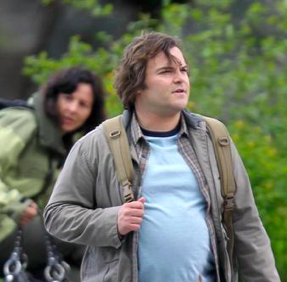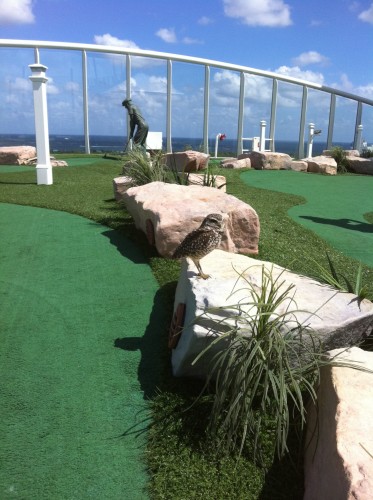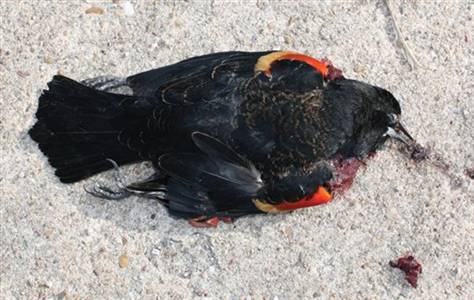 The news wires are buzzing with a story of thousands of blackbirds (mostly red-winged with a few grackles mixed in) literally falling from the sky in an Arkansas town on New Year's Eve.
The news wires are buzzing with a story of thousands of blackbirds (mostly red-winged with a few grackles mixed in) literally falling from the sky in an Arkansas town on New Year's Eve.
The Arkansas Game and Fish Commission said its enforcement officers began receiving reports about the dead birds about 11:30 p.m. Friday. The birds fell over a one-mile area of the city, and an aerial survey indicated that no other dead birds were found outside of that area, officials said.
Commission ornithologist Karen Rowe said that similar events have occurred elsewhere and that test results "usually were inconclusive."
The birds showed physical trauma, said Rowe, who surmised that "the flock could have been hit by lightning or high-altitude hail."
The agency also said another possibility is that New Year's Eve revelers shooting off fireworks in the area could have startled the birds from their roost and caused them to die from stress.
It's doubtful the birds were poisoned, Rowe said, "since it only involved a flock of blackbirds and only involved them falling out of the sky." She said a necropsy is the only way to determine if the birds were poisoned.
This is an interesting incident. I agree with the ornithologist that since the birds fell in a concentrated area and appear to be species that would be in a mixed winter flock, something in the air happened and injured them. Could it have been lightening or hail from the storms that blew through? Arkansas was hit with tornadoes that night. Or could it have been fireworks from New Year's celebrations? I guess it will depend if they find burn marks on the birds.
This reminds me of the time I went to the first Ivory-billed Woodpecker Festival in Brinkley, Arkansas in 2006. When we arrived to set up our booths, there were huge flocks of thousands blackbirds all over the area which we thought was kind of cool. Their flocks would wheel and spin in the sky, forming fluid and temporary shapes in the sky. This was a wintering area for several icterids including red-winged blackirds, grackles and cowbirds. Some of the flocks were coming in to land on the trees surrounding the parking lot for the festival's meeting area at the convention center and we watched as they would dip onto the trees and take off for the sky again.
Suddenly, we heard some banging and I saw some young men with guns firing at the blackbirds landing in trees around the parking lot. The also set bottle rockets off towards them. We marveled that a festival would be so naive to think that birders would understand shooting birds outside of a bird festival. We were also baffled that they did not see the beauty of the blackbirds swarming in odd shapes in the sky.
I went to the festival's contact to talk to her about it. She was discussing last minute details with the mayor of Brinkley. I told her that she might want to curb the firing squad on the blackbirds because birders could take offense to that sort of thing happening at a bird festival.
The mayor leaned towards me and said in his southern drawl, "This ain't no blackbird festival, this is an ivory-billed woodpecker festival."
I tried to explain that birders liked all sorts of birds and would appreciate the spectacle of the multitude of blackbirds. Both were skeptical and explained that no one would care for the smell of the droppings or the mess of bird poop in the morning.
Well, birders did not find bird poop in the parking lot at the festival the next morning...they found dead birds littering the ground instead. Couple that with what appears to be a non existent woodpecker, you can see why that festival doesn't happen any more.
Here's a link to a great video of starlings coming in to roost on the trees. There are so many birds, the trees literally bend under the flock's weight.






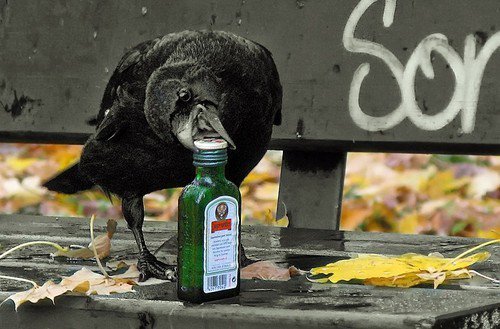 The next Birds and Beers is on January 22, 2011 at 4:30pm at
The next Birds and Beers is on January 22, 2011 at 4:30pm at 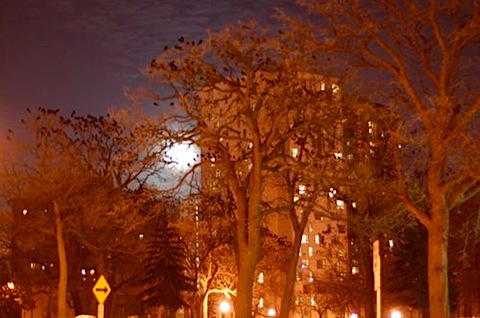

 In case you have not heard, we're buried under an old school blizzard dumping up here. The local weather folk were predicting with barely restrained glee the potential for a massive storm. And though many of us have heard in the Twin Cities that we could get 1 - 2 feet of snow, many of us eyed this impending Snowmaggedon with skepticism. It often amounts to only a few inches. But to to be safe, I head out to Neil's for some last minute honey bottling finished--I need to get some together to mail to family for the holidays. I generally use birds at the feeder as an indication if the weather predictions are true. On Friday all feathers pointed to us getting seriously slammed on Saturday. The goldfinches were draining the thistle feeder and even the pileated woodpecker chowed down on the suet feeder closest to the window.
In case you have not heard, we're buried under an old school blizzard dumping up here. The local weather folk were predicting with barely restrained glee the potential for a massive storm. And though many of us have heard in the Twin Cities that we could get 1 - 2 feet of snow, many of us eyed this impending Snowmaggedon with skepticism. It often amounts to only a few inches. But to to be safe, I head out to Neil's for some last minute honey bottling finished--I need to get some together to mail to family for the holidays. I generally use birds at the feeder as an indication if the weather predictions are true. On Friday all feathers pointed to us getting seriously slammed on Saturday. The goldfinches were draining the thistle feeder and even the pileated woodpecker chowed down on the suet feeder closest to the window.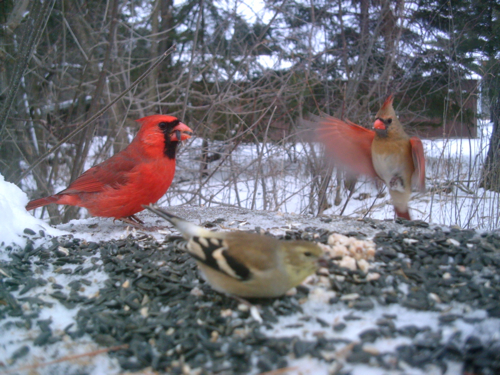
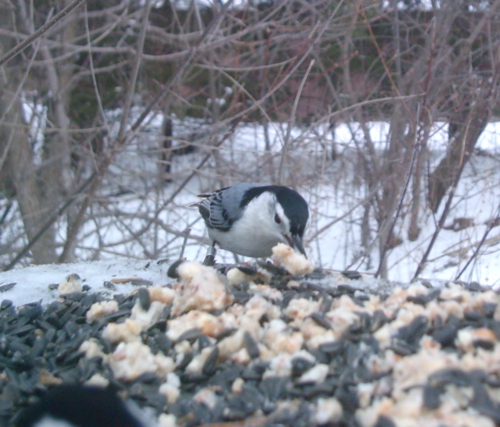
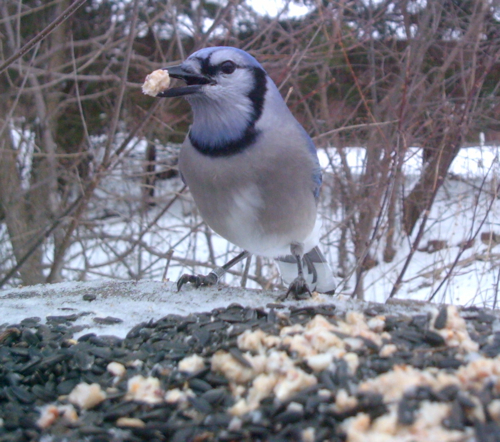
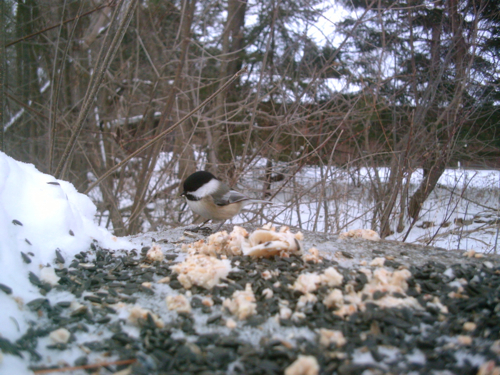
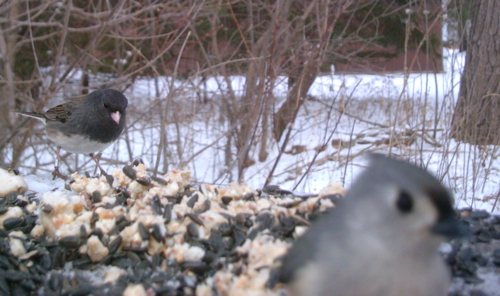
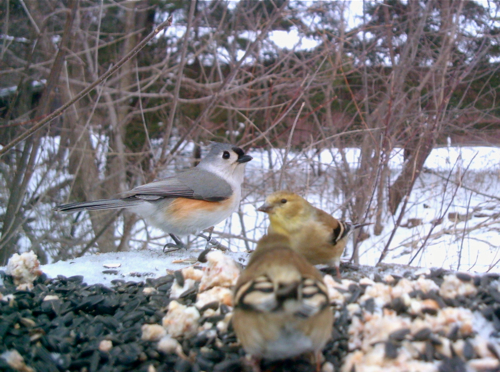


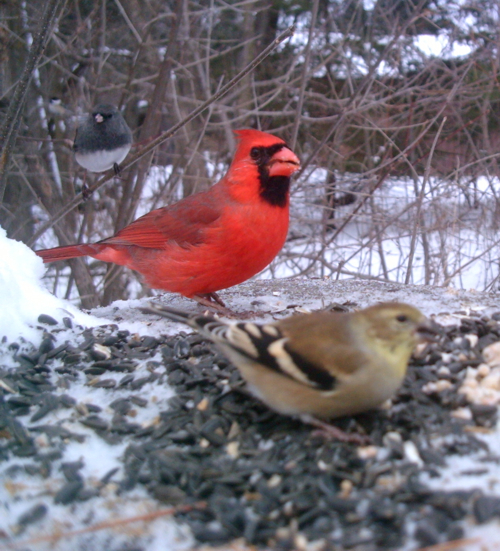
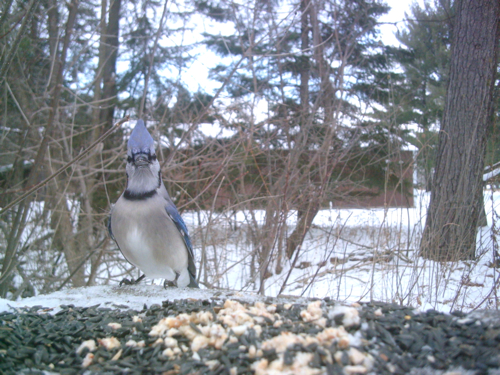
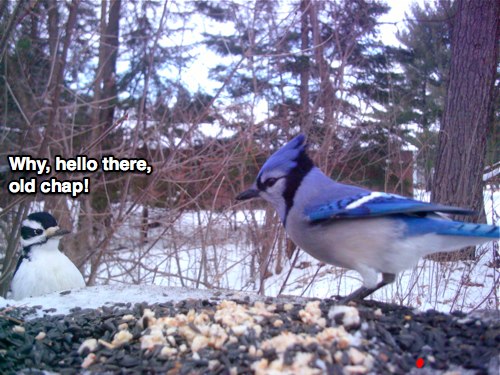

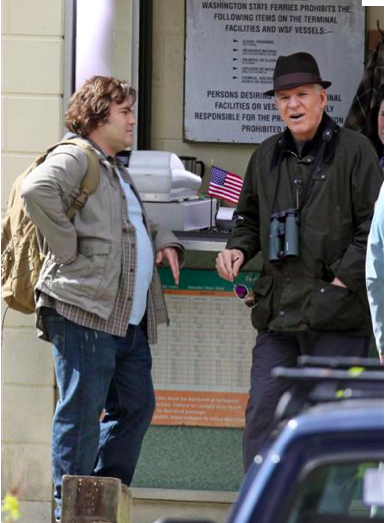 I had a very interesting day tracking down information about the movie
I had a very interesting day tracking down information about the movie 

